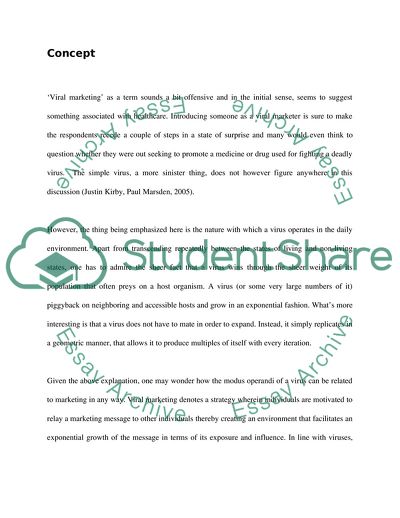Cite this document
(Viral Marketing - the Case of Ryanair Study Example | Topics and Well Written Essays - 2000 words - 1, n.d.)
Viral Marketing - the Case of Ryanair Study Example | Topics and Well Written Essays - 2000 words - 1. Retrieved from https://studentshare.org/marketing/1722623-marketing-communication
Viral Marketing - the Case of Ryanair Study Example | Topics and Well Written Essays - 2000 words - 1. Retrieved from https://studentshare.org/marketing/1722623-marketing-communication
(Viral Marketing - the Case of Ryanair Study Example | Topics and Well Written Essays - 2000 Words - 1)
Viral Marketing - the Case of Ryanair Study Example | Topics and Well Written Essays - 2000 Words - 1. https://studentshare.org/marketing/1722623-marketing-communication.
Viral Marketing - the Case of Ryanair Study Example | Topics and Well Written Essays - 2000 Words - 1. https://studentshare.org/marketing/1722623-marketing-communication.
“Viral Marketing - the Case of Ryanair Study Example | Topics and Well Written Essays - 2000 Words - 1”. https://studentshare.org/marketing/1722623-marketing-communication.


